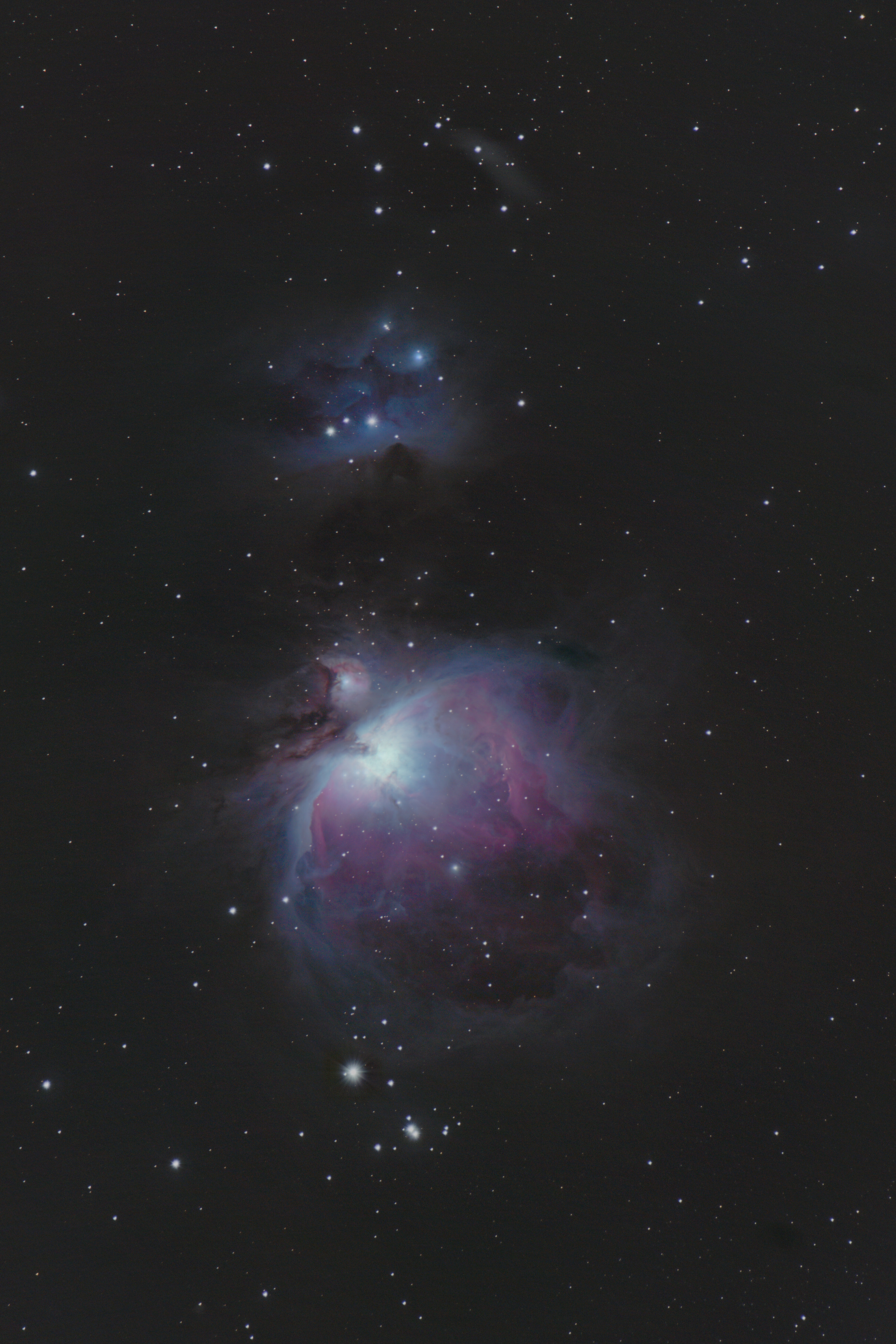Mildly useful tip: when you take a card or battery out of your camera, leave the door open until you put it back in. That way you'll know if you forgot to put one of them back into the camera. I do this and it's saved me a few times.
Yeah 1.0 has been quite stable for me. I especially recommend the weekly releases with features planned for 1.1, like better sketch projection tools and snapping.
In fairness if you really needed to you could rent this kind of compute via a service like vast.ai, it'd probably still be cheaper than paying a ransom.
Useless is a strong term. I do a fair amount of research on a single 4090. Lots of problems can fit in <32 GB of VRAM. Even my 3060 is good enough to run small scale tests locally.
I'm in CV, and even with enterprise grade hardware, most folks I know are limited to 48GB (A40 and L40S, substantially cheaper and more accessible than A100/H100/H200). My advisor would always say that you should really try to set up a problem where you can iterate in a few days worth of time on a single GPU, and lots of problems are still approachable that way. Of course you're not going to make the next SOTA VLM on a 5090, but not every problem is that big.
He's apparently said he was born in 1988. In another thread others mentioned that would make him 21 when he started his PhD, which checks out.
You can do this on Linux using gphoto2, ffmpeg, and v4l2loopback. You probably won't get full resolution but the quality will still be good enough for video conferencing. See here for a guide.
IMO the bigger problem with FreeCAD is the topological naming problem. It's very easy to get frustrated because your model broke due to a change you made in an earlier feature.
The UI isn't amazing though, and that unfortunately happens quite a bit with open source software. Hopefully it'll go the way of Blender and KiCAD with an eventual major release that overhauls the UI.
Ondel has a nicer user interface, but I personally use and recommend realthunder's LinkStable branch of FreeCAD. Mainline FreeCAD (and by extension, Ondsel) suffer from the topological naming problem, which can be especially jarring to users coming from proprietary CAD software. realthunder put a lot of work into a solution that handles the problem pretty well, so I'm using his fork until toponaming gets mainlined.
As of right now VLC also doesn't properly support Wayland, but MPV does. It's a great piece of software!
Agree on the sentiment about VLC though, having an open source project demonstrate what is possible and stand the test of time definitely paves the way for future work and improvements.
I'm a researcher in ML and that's not the definition that I've heard. Normally the way I've seen AI defined is any computational method with the ability to complete tasks that are thought to require intelligence.
This definition admittedly sucks. It's very vague, and it comes with the problem that the bar for requiring intelligence shifts every time the field solves something new. We sort of go "well, given these relatively simple methods could solve it, I guess it couldn't have really required intelligence."
The definition you listed is generally more in line with AGI, which is what people likely think of when they hear the term AI.


Not sure if you're referencing the same thing, but this actually came from a presentation at NeurIPS 2017 (the largest and most prestigious machine learning/AI conference) for the "Test of Time Award." The presentation is available here for anyone interested. It's a good watch. The presenter/awardee, Ali Rahimi, talks about how over time, rigor and fundamental knowledge in the field of machine learning has taken a backseat compared to empirical work that we continue to build upon, yet don't fully understand.
Some of that sentiment is definitely still true today, and unfortunately, understanding the fundamentals is only going to get harder as empirical methods get more complex. It's much easier to iterate on empirical things by just throwing more compute at a problem than it is to analyze something mathematically.